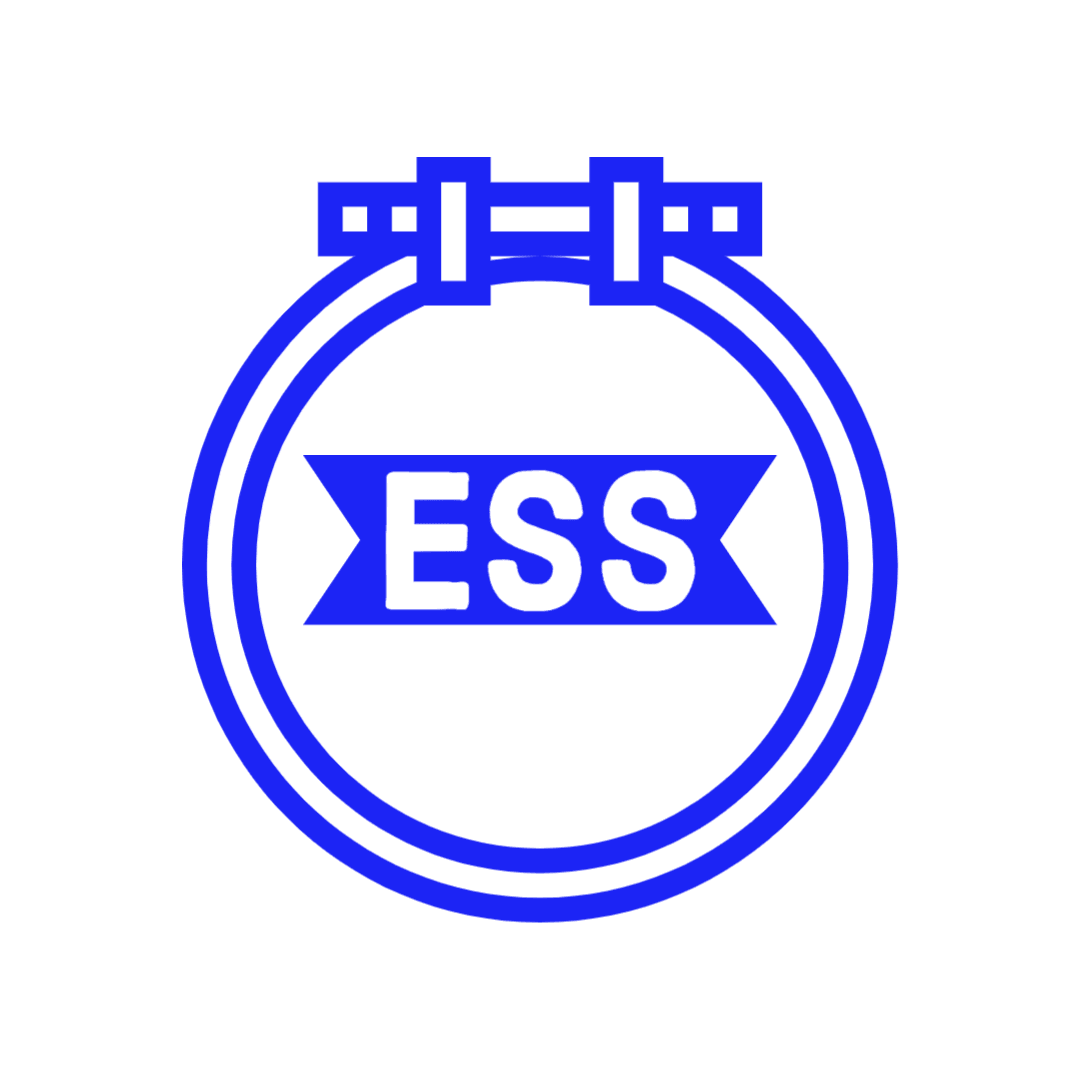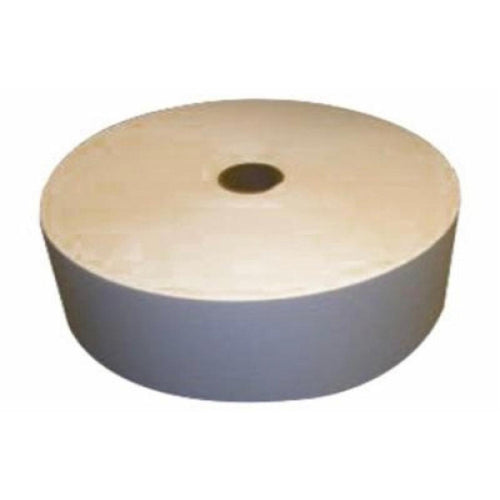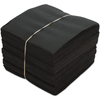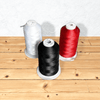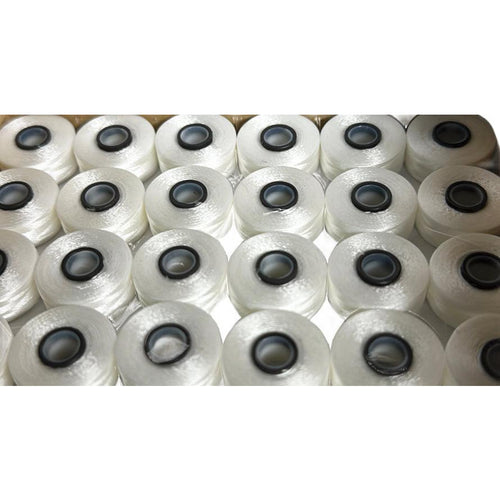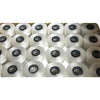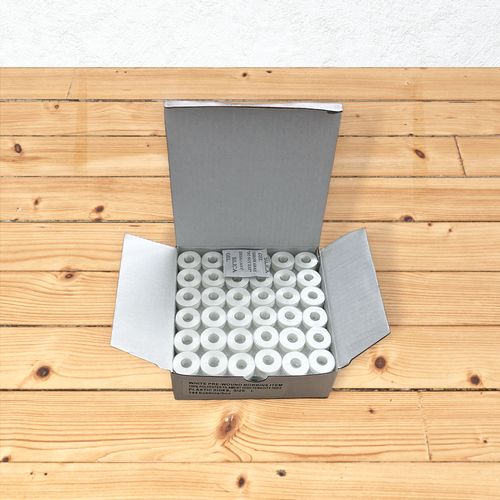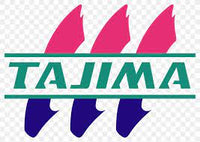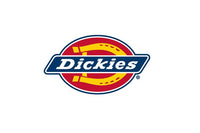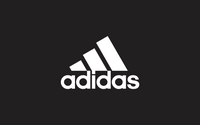Frequently Asked Questions
What is cut away backing?
Cut away backing is a type of stabilizer material used in embroidery and sewing to provide support to the fabric during the stitching process. It is a non-woven fabric that is placed underneath the fabric being embroidered or sewn to prevent the fabric from stretching or distorting during stitching. Cut away backing is usually made from a blend of polyester and rayon fibers that are tightly woven and bonded together to create a strong and stable material. It comes in a variety of weights and thicknesses, depending on the application and the type of fabric being used. To use cut away backing, you simply place it underneath the fabric being stitched and hoop both layers together. This creates a stable base for the embroidery or stitching, allowing the needle to pass through the fabric without causing it to shift or pucker. Once the stitching is complete, the excess cut away backing is trimmed away from the back of the fabric, leaving only the stitched design and a small amount of backing to provide additional support. Cut away backing is particularly useful for embroidering on delicate or stretchy fabrics, such as knitwear or silk, where the fabric is prone to stretching or distorting during stitching. It can also be used for other sewing applications, such as stabilizing buttonholes or pockets.
What is tear away backing?
Tear away backing is a type of stabilizer material used in embroidery and sewing to provide temporary support to the fabric during the stitching process. It is a non-woven fabric that is placed underneath the fabric being embroidered or sewn and is designed to be easily torn away after the stitching is complete. Tear away backing is usually made from a blend of polyester and rayon fibers that are tightly woven and bonded together to create a strong and stable material. It comes in a variety of weights and thicknesses, depending on the application and the type of fabric being used. To use tear away backing, you simply place it underneath the fabric being stitched and hoop both layers together. This creates a stable base for the embroidery or stitching, allowing the needle to pass through the fabric without causing it to shift or pucker. Once the stitching is complete, the excess tear away backing is torn away from the back of the fabric along the perforated edges or along the stitch line, leaving only the stitched design and no additional backing. Tear away backing is particularly useful for embroidering on stable or non-stretchy fabrics, such as cotton or denim, where the fabric is less likely to stretch or distort during stitching. It is also a popular choice for mass production embroidery or sewing because it is quick and easy to tear away and does not require any trimming after stitching is complete.
What industrial embroidery machine should I choose on different budget?
The choice of an industrial embroidery machine depends on several factors, including the size of the embroidery designs, the type of fabrics you'll be working with, and your budget. Here are some options to consider based on different budget ranges: 1. Entry-Level Budget ($5,000 - $10,000): If you're just starting out in the embroidery business and have a limited budget, you might consider a single-head, six-needle embroidery machine. These machines are capable of embroidering designs up to 8" x 14" and can handle a variety of fabrics, including lightweight to medium weight materials. Some popular options in this price range include the SWF/B-T601C and the Happy HCD2-1501. 2. Mid-Range Budget ($10,000 - $20,000): If you're looking for a machine that can handle larger designs and heavier fabrics, a multi-head embroidery machine might be a good choice. These machines typically have 10-16 needles and can embroider multiple designs at once. Popular options in this price range include the Ricoma EM-1010 and the Tajima TMAR-K1506C. 3. High-End Budget ($20,000 and up): If you're looking for a top-of-the-line machine that can handle large designs, heavy fabrics, and high-volume production, you might consider a commercial embroidery machine. These machines typically have 16 or more needles and can embroider multiple designs at once. Popular options in this price range include the Tajima TEMX-C1501 and the Barudan BEAT1508. It's important to note that the cost of an industrial embroidery machine is just one part of the total cost of starting an embroidery business. You'll also need to budget for other expenses such as software, thread, needles, and other supplies. Be sure to do your research and consider all of the factors before making a decision on which machine to purchase.
Explain all type of Organ needle for embroidery machine
Organ is a well-known brand of sewing needles that offers a wide variety of needles for embroidery machines. Here are some of the different types of Organ needles for embroidery machines:
1. Standard Sharp Point (S): This is the most common type of embroidery needle and is used for general embroidery on a variety of fabrics. It has a sharp point that allows it to penetrate the fabric easily and cleanly.
2. Ball Point (BP): This type of needle has a rounded tip that slides between the fibers of knit fabrics without breaking or damaging them. It is ideal for embroidering on stretchy fabrics like T-shirts, sweatshirts, and knits.
3. Titanium Coated (PD): Organ also offers a line of needles that are coated with titanium for increased durability and longer lifespan. These needles are ideal for high-volume production environments or for embroidering on tough or abrasive fabrics.
4. Leather Point (LL): These needles are designed for embroidery on leather and other heavy fabrics. They have a sharp, wedge-shaped point that allows them to penetrate and sew through thick materials.
5. Metafil (MF): This type of needle is designed for use with metallic embroidery threads. It has a large eye that accommodates the thicker metallic thread, and a slightly rounded point that prevents the thread from shredding or breaking.
6. Topstitch (TN): Topstitch needles have a larger eye and a longer shaft than standard embroidery needles, making them ideal for use with heavier threads or for creating bold, decorative stitches.
7. Denim (DM): These needles are designed for embroidery on denim and other heavyweight fabrics. They have a sharp, wedge-shaped point that allows them to penetrate and sew through thick materials.
Organ needles come in a range of sizes and can be used with a variety of embroidery machines. It's important to choose the right needle for your specific application to ensure the best results.
Organ needles come in a range of sizes, from very fine to very heavy. The size of the needle is indicated by two numbers, such as 60/8 or 90/14.
The first number indicates the European size of the needle, which is based on the diameter of the needle shaft. The second number indicates the American size of the needle, which is based on the size of the needle eye and the thickness of the needle shaft.
For example, a 60/8 needle has a very fine shaft diameter, making it ideal for delicate fabrics like silk or chiffon. A 90/14 needle, on the other hand, has a thicker shaft diameter and is better suited for heavier fabrics like denim or canvas.
Here's a breakdown of some common Organ needle sizes for embroidery machines:
- 60/8: Very fine needle for lightweight fabrics like silk or chiffon.
- 70/10: Fine needle for lightweight to medium-weight fabrics like cotton or polyester.
- 80/12: Medium needle for medium-weight fabrics like twill or jersey.
- 90/14: Heavy needle for heavy fabrics like denim or canvas.
- 100/16: Very heavy needle for thick or tough fabrics like leather or vinyl.
It's important to choose the right size of needle for your specific application to ensure the best results. A needle that is too small may cause the thread to break or the fabric to pucker, while a needle that is too large may leave visible holes in the fabric or cause the embroidery to look bulky.
